Winter is the season for mikan (mandarin oranges) in Japan, so our reporter Yuki Shirai wasn’t at all surprised when she stopped by her grandma’s house and saw she had a bunch of the citrus fruits in her kitchen. What did surprise her, though, was that Granny also had several mikan peels laid out on her porch.
“Aren’t you going to put these in the trash?” Yuki asked, but her grandma had some wisdom to impart: you can use mikan peels for all sorts of things once you’re done eating the fruit! As a matter of fact, dried mikan peel even gets its own special name in Japanese, chimpi, and Yuki made it her mission to try three ways to use it.
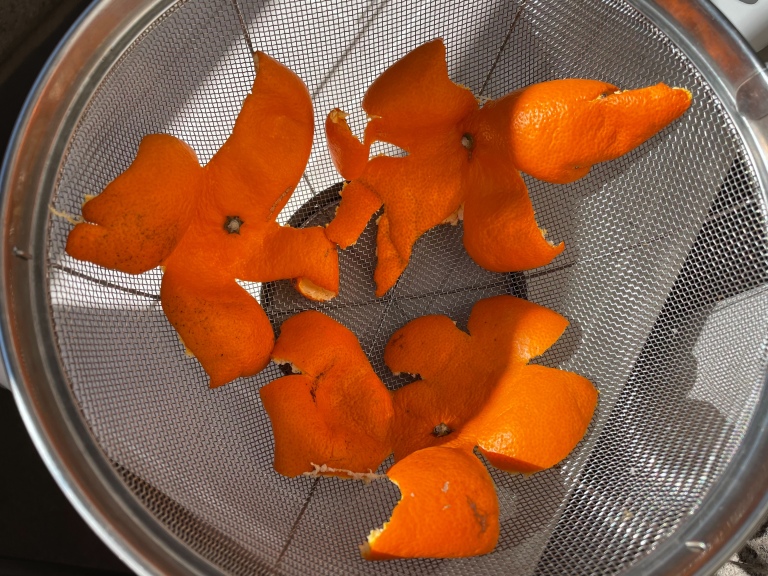
First, though, Yuki had to make herself some chimpi. The delicious process involved eating some mikan, putting their skins in a colander in the sunlight, and waiting. Because of the especially cold weather Japan has been having recently, it took two weeks for the peels to thoroughly dry, but she knew they were ready when she gave the colander a gentle shake and heard the skins make a soft rustling noise.
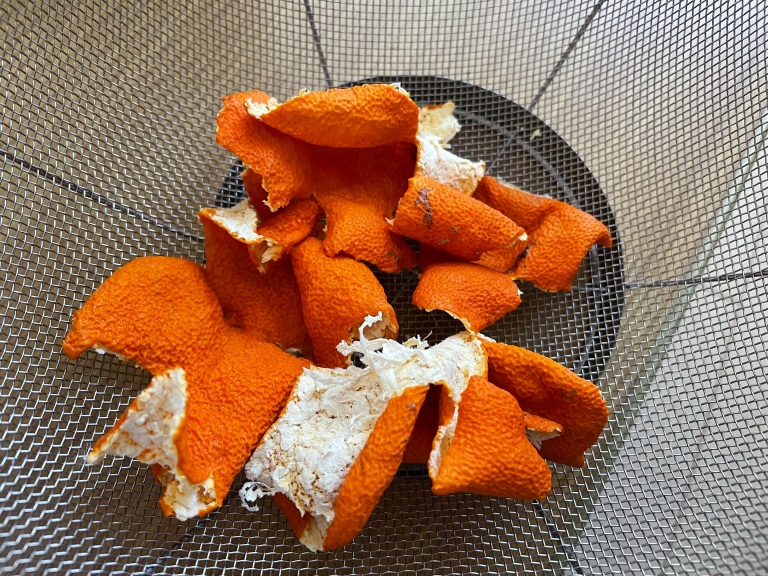
So how can you use dried mikan peels? One option is to use them to clean your kitchen. Just grab a piece in your fingertips and start wiping down your stove, letting the natural cleaning properties of the inner side of the skin clear way grease and oil.
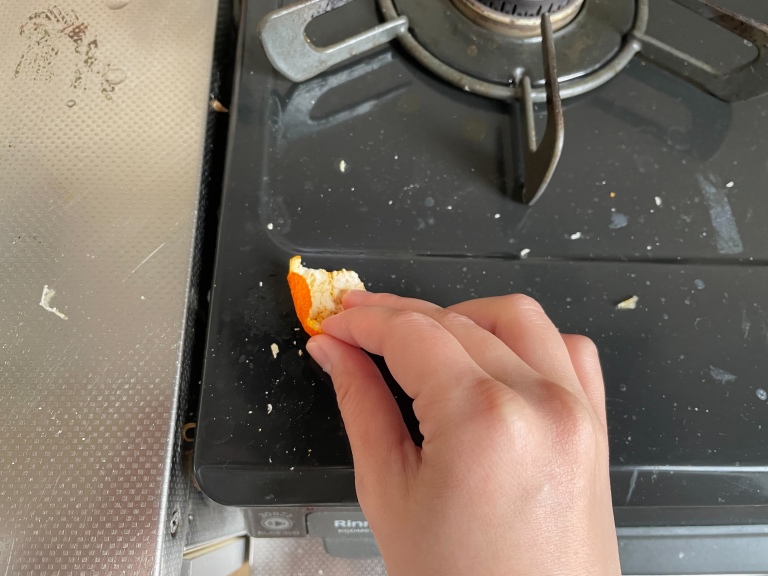
▼ The bottom left corner, where Yuki used the mikan peel, is now grime-free.
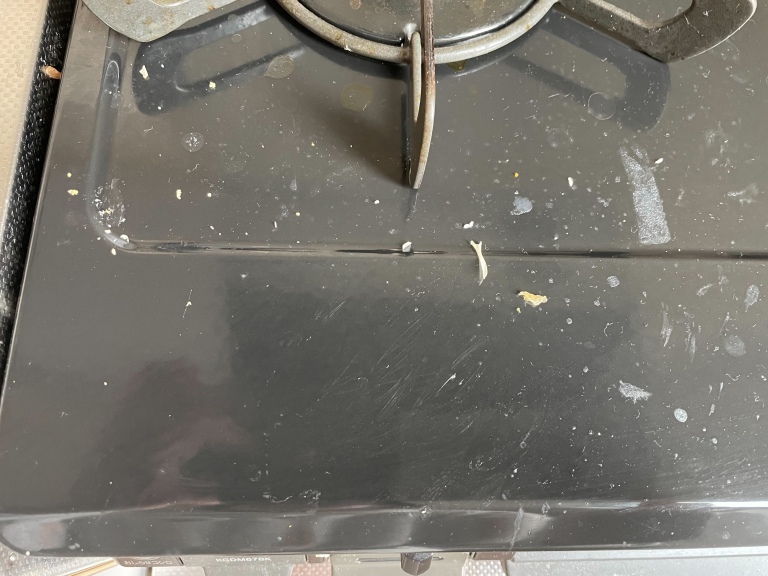
To Yuki’s surprise, the peel didn’t crumble or tear as she used it, and even though it didn’t entirely remove the most stubborn spots of grime, it softened it up enough that a second scrub with a cleaning cloth did the job.
Having worked up a thirst cleaning, it was time to test the second use for Yuki’s mikan peels by making some chimpicha, or chimpi tea.
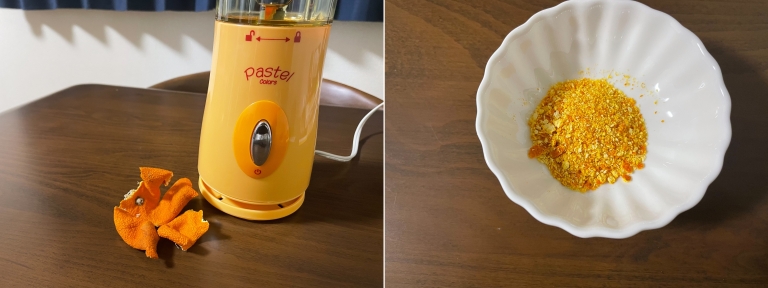
For this, you’ll need one and half dried mikan peels. Start by putting them in food processor (or you could grind them by hand). Pour the powder into a teacup, add hot water, and you’re all set.

Technically, chimpicha isn’t tea, because it doesn’t use tea leaves. It is, however, a delicious and relaxing drink, and one that’s supposedly good for you too, since mikan peel is said to help fortify the body against chills and aid in digestion. The only possible negative Yuki could find is that some people might find the unique bitter notes in the taste of mikan peel to be a little unpleasant, in which case she recommends stirring in a bit of honey to balance the flavor profile out with a little sweetness.
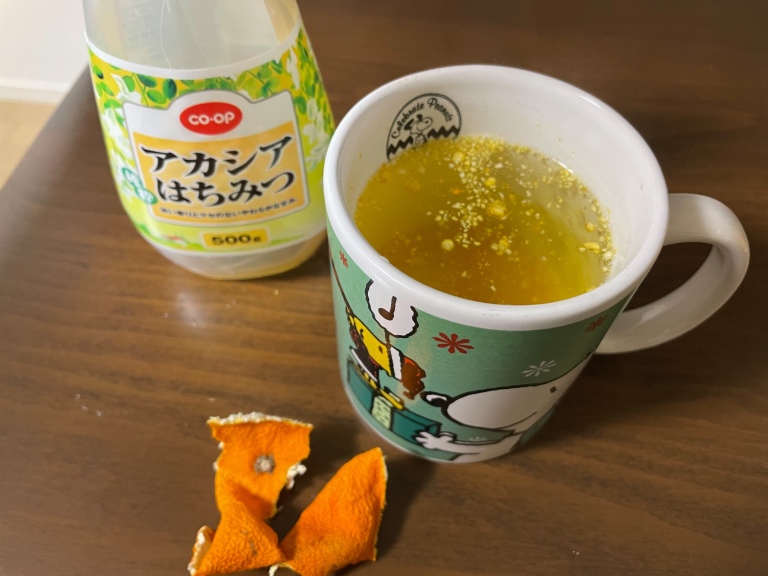
Now thoroughly relaxed, Yuki was ready to hit the sack, but following Japanese customs, she needed to hop in the bath before she hopped into bed. This brings us to the third use for mikan peels she tried, the chimpiyu, or chimpi bath.
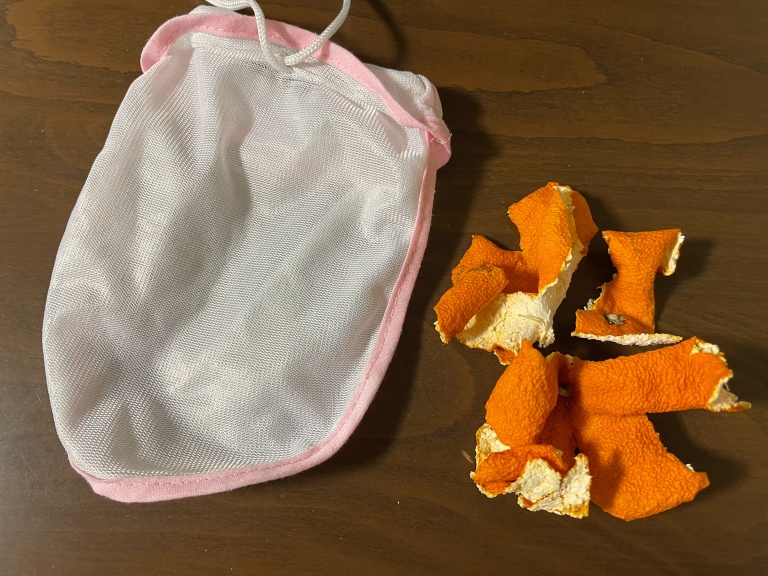
All you need for this is dried peels (Yuki used two mikan’s worth) and a laundry net, or some other sort of mesh pouch. Put the peels in the pouch, the pouch into your bathtub of hot water, and you’re done.

Yuki had been looking forward to a luxuriously citrus-scented bath, but unfortunately it didn’t smell all that different from a bathtub without any mikan peels in it. Considering how fantastically fragrant her cup of chimpicha had been, she wondered if maybe she should have used a bigger quantity of peels for her bath. Still, mikan peels contain limone, an essential oil component, that’s supposed to be beautify the skin, so she was still getting benefits from the special bath, even if her nose wasn’t aware of the difference.
Peak mikan season is going to last a few more weeks in Japan, and the large variety of mandarins grown in the country mean you can usually find at least one type no matter when you go to the supermarket, so Yuki can now look forward to putting her peels to use all year long.
Reference: Kurashi no Market
Photos © SoraNews24
Read more stories from SoraNews24.
-- Capybaras celebrate winter in luxurious mikan bath【Photos】
-- Next time you eat an orange, why not make it into an orange caterpillar first?
-- Mikan Gohan: Japanese soul food or…Japanese myth?
© SoraNews24 Take our user survey and make your voice heard.
Take our user survey and make your voice heard.
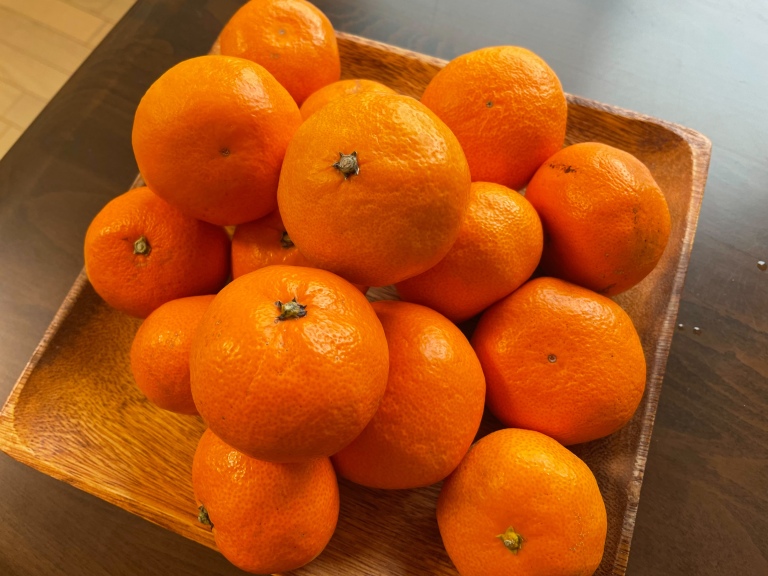














11 Comments
Login to comment
Harry_Gatto
I slice them up and put them in the compost bin.
GW
Mine get tossed into my front yard & I let nature do its thing.
I think I will try the tea thing though!
Antiquesaving
Chenpi or pinyin (陳皮) has been a staple ingredient in Chinese cooking for centuries, it has also been used nearly as long in certain western cooking especially in the Mediterranean and Adriatic regions.
Basically it is sun dried Mikan peel crushed into poweder used as a seasoning.
Used to make my own but not all Mikan make good seasoning so generally buy more than I make,
The odd thing is it is more difficult to find in Japan than back home in eastern Canada.
Baradzed
Good thinking, but no. Especially drinking tea with pesticides residues accumulated on mandarin peel is not something I would enjoy. Can donate them though.
Mickelicious
Use fresh skins for your bath - much more oils.
Mirchy
...as long they are not soaked with chemicals. On various cooking shows, they adding grated lemon or orange peel, which can be misleading unless the fruit is organic.
englisc aspyrgend
Assuredly yes, use fresh skins if you want the essential oils in your bath.
The drink is what the French call a tissane. If it doesn’t have Camellia sinensis in it, it is not tea.
Mine all go into the food waste bin, which collected by the council goes off to the local anaerobic digester and generates energy. Composting is also good.
bass4funk
The wifey turns them into juicy, savory dried-fruit snacks by the bag load and they are so difficult to stop eating she also mixes them into her Mikan Jam and I use the zest a lot in some of my dishes.
commanteer
And what English speakers call tisane. As you said, any "tea" made using something other than leaves.
Bill Adams
Except that:
The photo shows the outside of the peel being used; and
The photo shows a fresh piece of peel being used (not surprisingly, as I can't believe that a hard, dry piece of peel would be of any use in cleaning surfaces).If you are going to give advice do try and get it right!